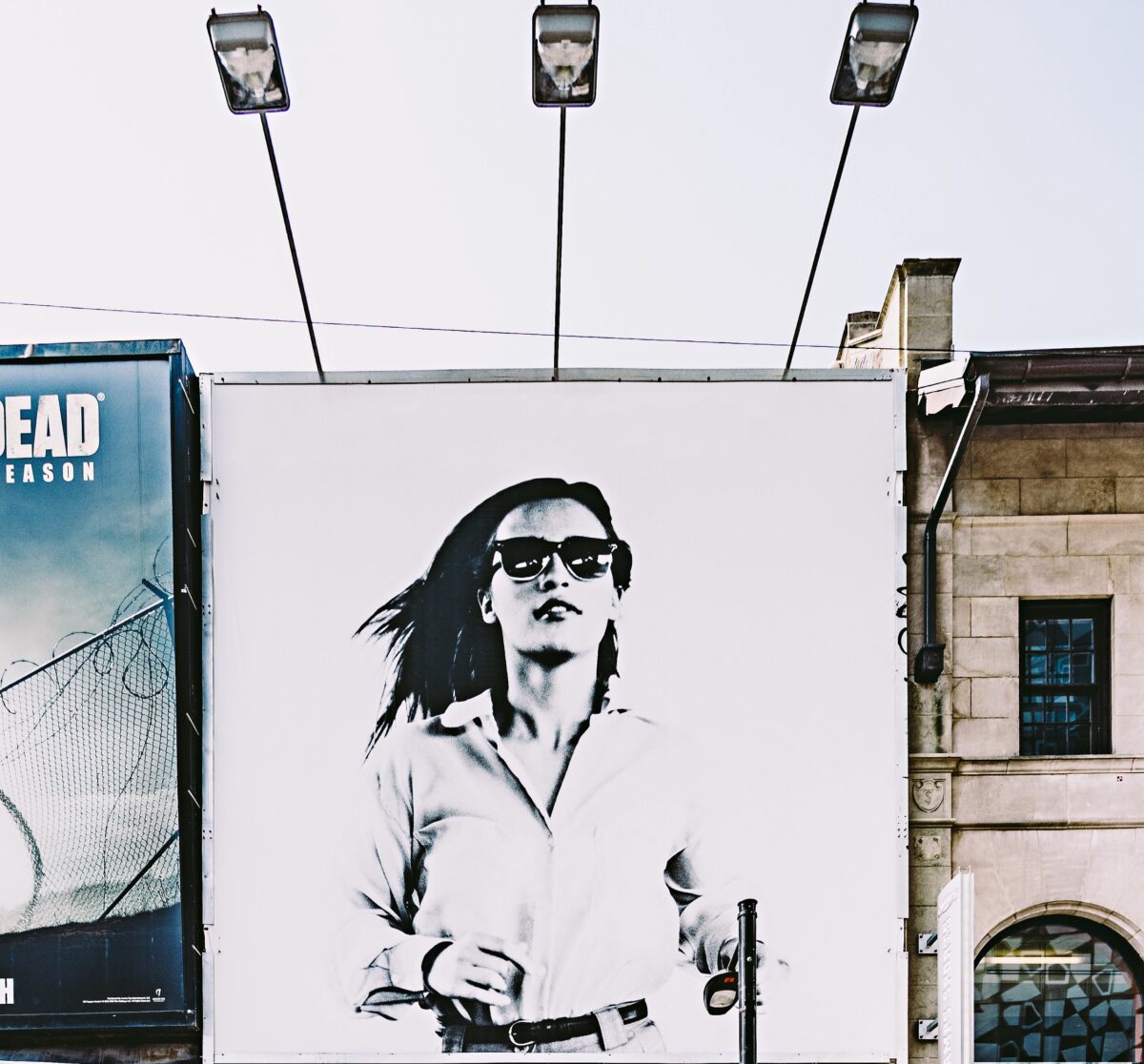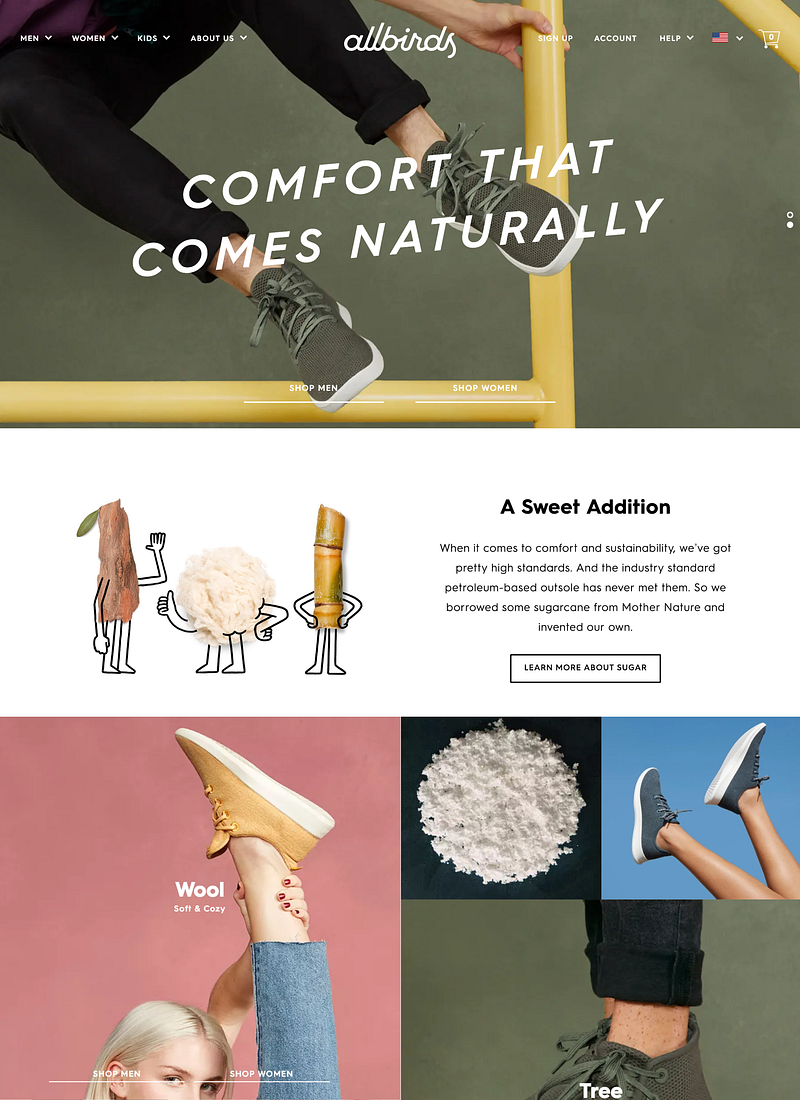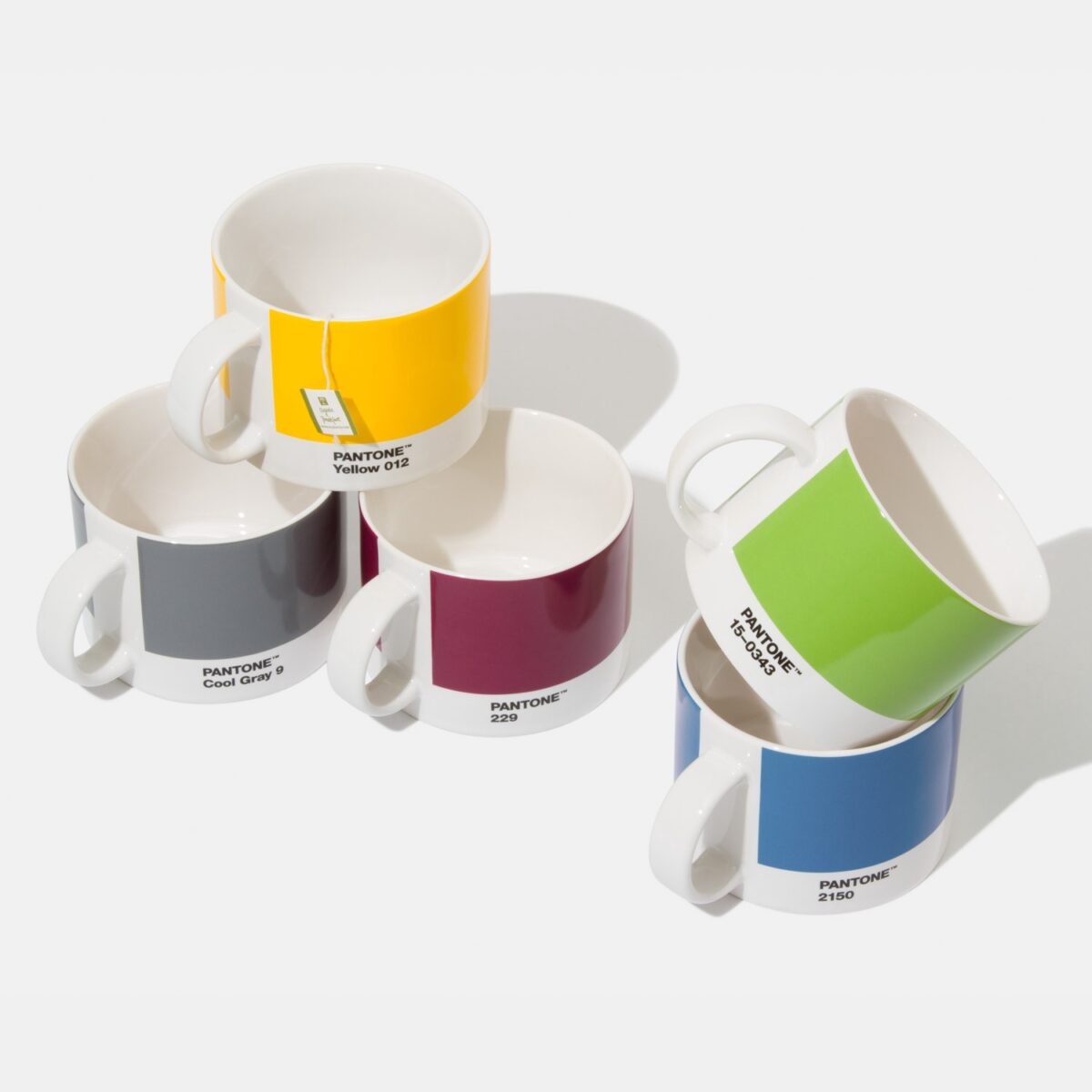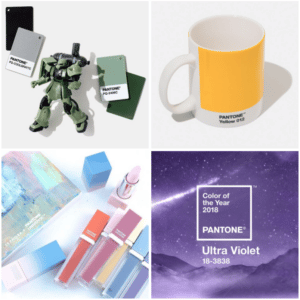Lifestyle consumers are changing. Your brand should, too.
Lifestyle brands have existed for a very, very long time. From Pears Soap of the early 1800s, to the Marlboro Man of the 1950s and the Glossiers of today, all of these brands are part of the same lifestyle heritage.
The existence of lifestyle branding hasn’t changed. What has changed, however, is the role that lifestyle brands have played in our lives over time.
Early lifestyle brands were gatekeepers that informed us of our stations in life and how to act within them. You used a certain soap in order to be a good member of society. You shaved your legs if you were an upstanding woman.
This reflected a larger truth about the consumer. We looked to institutions for meaning. Government, marriage, education, class, career — all of these goalposts sorted us among our peers.
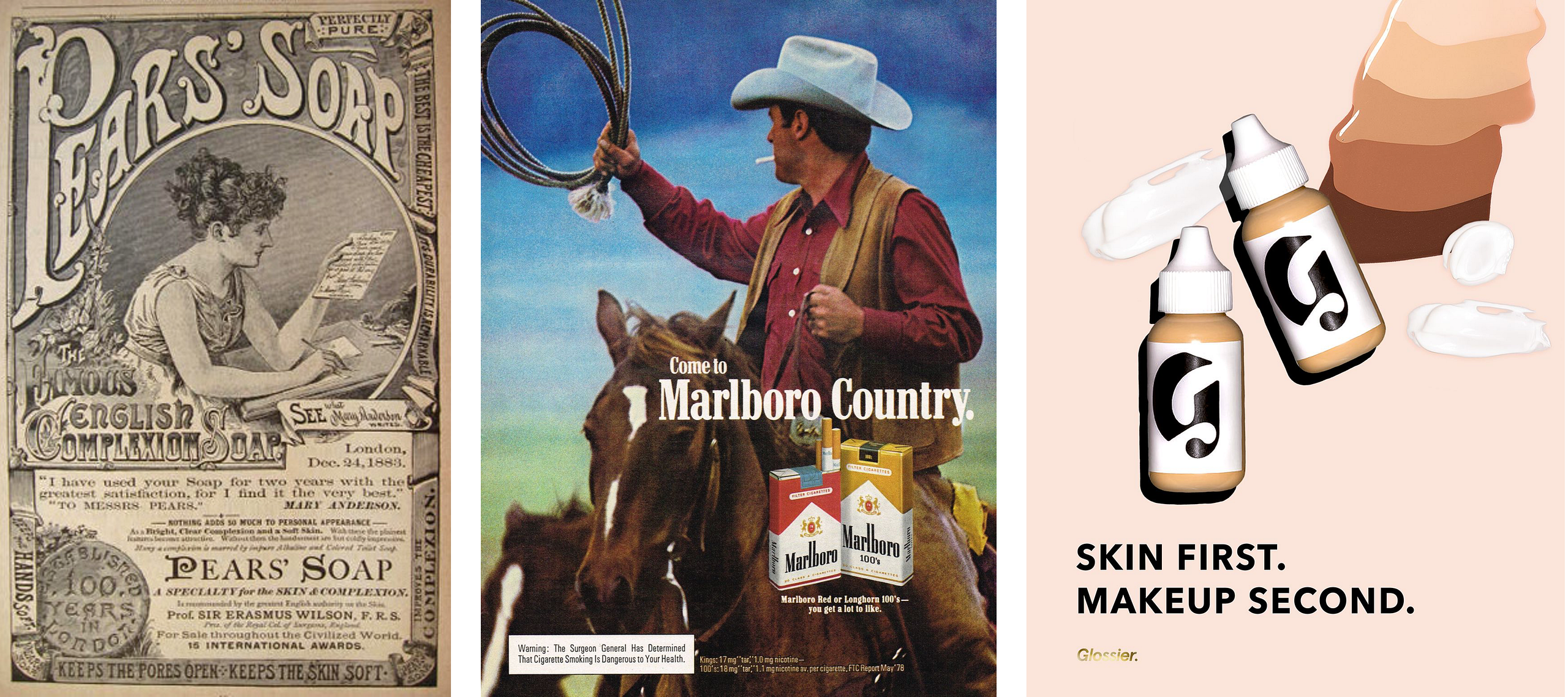
In the late 20th century through to today, things took a dramatic shift. Our goal posts began to evaporate and those same institutions (known more commonly as the corporate ladder, the American Dream and the nuclear family, among others) no longer served the same purpose.
Meaning had become democratized and created a fantastic vacuum for companies.
New lifestyle brands like Apple and Nike allowed us to self-organize around ideals of our own choosing, regardless of our lot in life. We could find our tribes and rally around the aspirations that stirred us.
Lifestyle went mainstream and was layered over every vertical, from fashion to finance. As a culture, we moved from interacting with brands as vehicles of self-labeling to vehicles of self-expression.
This is where we are today.
We can stop here and build a lifestyle brand based on this insight, and that would be enough to get your company off the ground.
But the consumer is changing again, and I absolutely do not believe that building a successful brand is about the current market.
Successful brands are built in the future market.
In which case, we need to ask ourselves where lifestyle brands are headed next. And of course we’ll start where we always start: with the user.
There’s no denying the fact that users are becoming more and more sophisticated in the brand vernacular, and more demanding of the brand value they pay a premium for.
Without gatekeepers, institutions and traditional life milestones, users have come to create their own centers of meaning around lifestyle brands that help them signal to the world who they are. I may not have an executive title, but I have a WeWork office because I believe I am a disruptor.
But self-expression opens the door to something much more important on the horizon. Today we want to belong, but tomorrow we will want to matter. Accordingly, the lifestyle realm is undergoing a transition from aspiration to something with more substance.
We’re moving from self-expression to self-discovery.
This is not about design aesthetics or leveraging influencers, or even creating buzz as we see with the bulk of lifestyle brands today. It’s not soothing sans-serif fonts and pastels that make us feel tuned into a trend. And it’s certainly not a USP.
This is about a maturing consumer that’s seeking new centers of meaning in their lives, and accordingly will seek out brands that help them discover who they are in the process.
We’ve gone from macro to micro, outer world to inner world. It’s a much more intimate and personal relationship that adds a layer of intrinsic value to the product.
The successful lifestyle brands of tomorrow will need to follow consumers deeper into themselves in order to resonate.
This is where you start building in the future.
This is where tension comes from. If you can create a brand that pushes your audience to get to where they are going (perhaps when they don’t even realize they are going there themselves), then you will create and capture a special kind of value that will serve your brand for years to come.
With this new perspective, let’s look at some of the elements that should go into your brand blueprint.
Start with the conversation, not the lifestyle.
A lot of brands falter from the very beginning because they don’t understand what a lifestyle brand actually is.
A lifestyle brand is a conversation that happens at specific points in a consumer’s life.
Forget the aesthetics or aspirations. Those are mere tactics. If you want to be a lifestyle brand, you need a rock solid understanding of the values that you want to explore with your consumer.
Keep in mind you can’t effectively explore values like “transparency” or “honesty” or “social responsibility”… the common items listed in company’s mission statement. Those are baseline requirements (self-expression at best, features at worst) that you should be delivering to your consumer anyway.
The values worth exploring are the ones that help your user move down the self-discovery path.
Values sound provocative, revealing, and you either really care or you really don’t because as a consumer, you immediately know if that value will get you to someplace deeper within yourself:
- “The thrill of vulnerability in an unforgiving world.”
- “The political act of self-love.”
- “Freedom of the human soul in nature.” (Check out what Yeti is doing here.)
The New York Times has taken an interesting turn toward lifestyle recently. True, the news and media company advertises no-nonsense slogans like ‘You’ve read the news, now read the facts’, but take a closer look at their content investments and you’ll see that they’re actually exploring the value of “being human without judgement.”
It’s a compelling concept.
Part of how they underscore this is in two excellent content series: Modern Love and Conception.
You’ll notice in both of these series, there is no news.
Modern Love is about the non-newsworthy events that define our love lives.
Conception doesn’t include doctors or experts. Just the private voices of parents.
These are avenues toward “being human without judgement”, and for many viewers, a straight path to self-discovery.
You can’t explore that value just anywhere. The New York Times knows explorations like these have to happen at certain points in the user’s life.
You can’t get more human than disappointment in love and heartbreak in parenthood, nor can you find two topics more charged with judgement. The New York Times deliberately chose these moments in our lives because they push the self-discovery conversation forward more quickly and more effectively than any other moments in our day-today.
That demonstrates the simplest definition of what a lifestyle brand truly is: Lifestyle brands insert themselves into the important life moments of their users. Specifically, those life moments that echo the brand’s guiding beliefs and the values they’re working to explore.
The values worth exploring with your users are usually the ones that go unspoken. They’re the paths less traveled our minds, but hard to resist going down once someone shows us the way.
Emulation vs. empowerment.
If we’re moving from self-expression to self-discovery, then we’re also moving from emulation to empowerment.
In other words, purely “aspirational brands” will decline.
Many companies have beautiful and tight visual branding that signals something to aspire to, but not much more than that. We see them everywhere — clothing, food, tech, entertainment — but as consumers, we’re so oversaturated with this kind of two-dimensional branding that it has started to become redundant.
How can many of these brands be deciphered from one another? At what point do I stop caring about the novelty of aspirational brands and start looking for something that will deliver more?
When three major athleisure brands like We Are Handsome, Stellasport and Sweaty Betty become indistinguishable from one another, what is left?

We will eventually reach a point where users won’t care about attaining a prescribed lifestyle nearly as much as they will care about being enabled to create the deeper lifestyle they want.
Aesthetics, while important, are a tactical trap. They are not where lifestyle brands start, but rather where they end.
A simple way to vet your brand is to ask yourself, “Am I encouraging people to emulate this lifestyle, or am I giving them the tools to attain something bigger?”
Notice I said tools, not products. For truly brand-led companies, the product is secondary. You’re not selling your yoga pants in the promise that people will become more athletic — that’s aspirational.
Instead, you’re doing what Outdoor Voices is doing and build a brand around “happiness” while everyone else is building theirs around extreme grit, physical endurance and in the women’s category, sexiness.
The name comes from her childhood, where [Outdoor Voices founder Tyler Haney’s] mom would encourage her to use an indoor voice while the kid in her just wanted to be outside all the time.
“I thought, What if I built a brand around something people loved — a recreational Nike that’s all about staying healthy and being happy doing it?”
The brand empowers happiness in a multitude of ways, including crowdsourcing many of their designs, deliberately focusing on low-impact daily activities instead of extreme sports, and featuring un-retouched ads of women with real bodies and real cellulite.
View this post on Instagram
These are all ways to empower women in being happy.
“OV is about being human, not superhuman.” Haney knows that for the next generation of brands, aspiration is taking a back seat to something more powerful.
It’s why the company grew 800% in 2016 alone and commands huge lines at their NYC sample sales, rivaling the sample sales of most luxury brands I’ve had the chance to queue up for.
The buck has to stop somewhere.
Lifestyle brands need a founder’s face and voice.
Someone needs to take responsibility for everything that goes right and everything that goes wrong.
People need to know that if they are investing in so much intangible brand value and giving themselves over to such a demanding (but rewarding) self-discovery experience, there is someone on the other side of it all that is just as committed.
Unlike B2B and non-lifestyle B2C brands, lifestyle brands across the board need to showcase a real person that’s driving the vision and innovation in the company.
Your consumers don’t need a relationship with the founder specifically, but they need the comfort of knowing they aren’t being cheated by some flashy marketing gimmicks and a savvy art department.
The best companies are the ones led by CEOs who have their own personal brands. They’re influencers in their own realm who are one or two steps ahead of the company brand that they are building.
Gwyneth Paltrow’s personal brand (as exemplified through her life) is like Goop on steroids, and Elon Musk’s personal brand of being a rebel futurist is arguably leagues ahead of Tesla’s.
When a founder’s personal brand is further into the future than the company they are building, it demonstrates a real devotion to a larger belief.
It also gives avid users — the ones who spend the most and thirst for deeper engagement — a direction to point their attention in.
You don’t need to be a celebrity CEO, but you do need to be creating spheres of influence through content, social or in your physical network. You need a strong point of view that perhaps would be too heavy handed for your company, but can comfortably be explored by you as an individual.
Take your big idea and use your personal brand to push it further. Don’t be afraid to draw a line in the sand and show which side you fall on.
If you’re the CEO, people need to be able to find you, understand you, and make you part of the story.
The lifestyle consumer is changing. Your brand should, too.
The next generation fo winners in this space already see that we’re moving from Lifestyle 1.0 of graphics and clever taglines to Lifestyle 2.0 of conversation, empowerment and accountability.
As we move from self-expression to self-discovery, you need to be positioned as a brand that can guide users deeper into themselves.
It’s a riskier strategy that will take more time and money. But it’s the only strategy that will win the long game.


